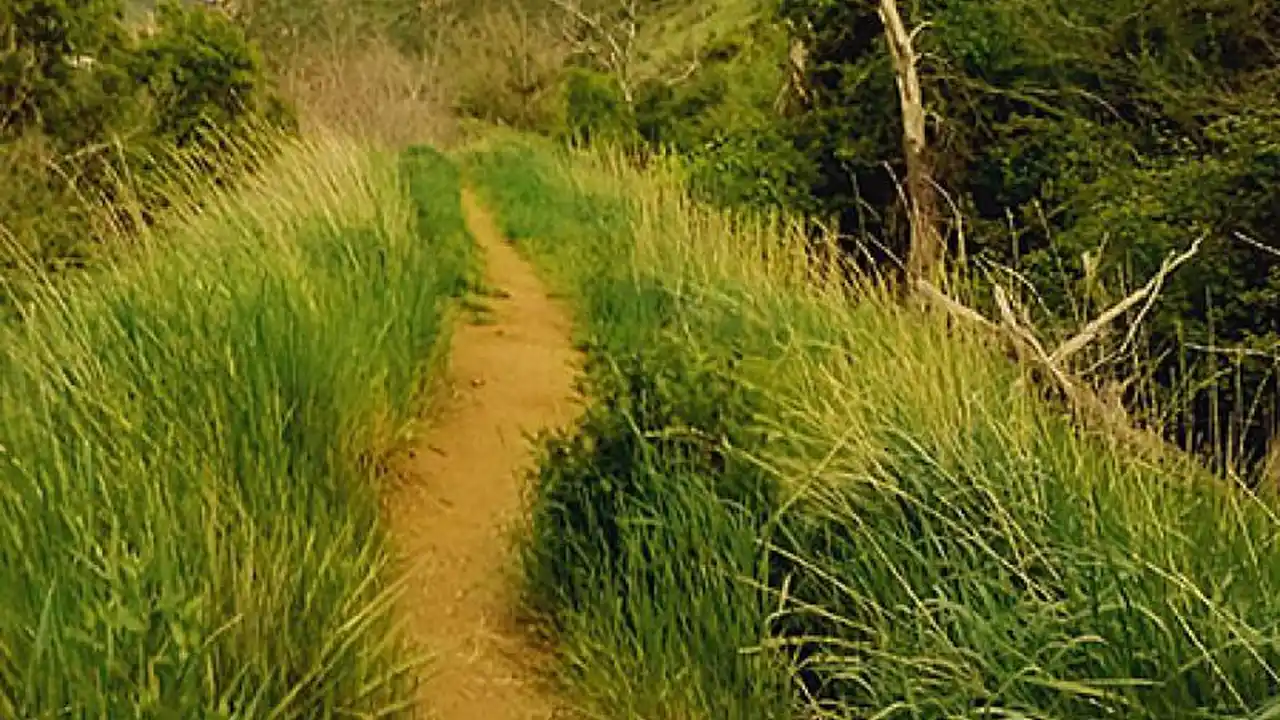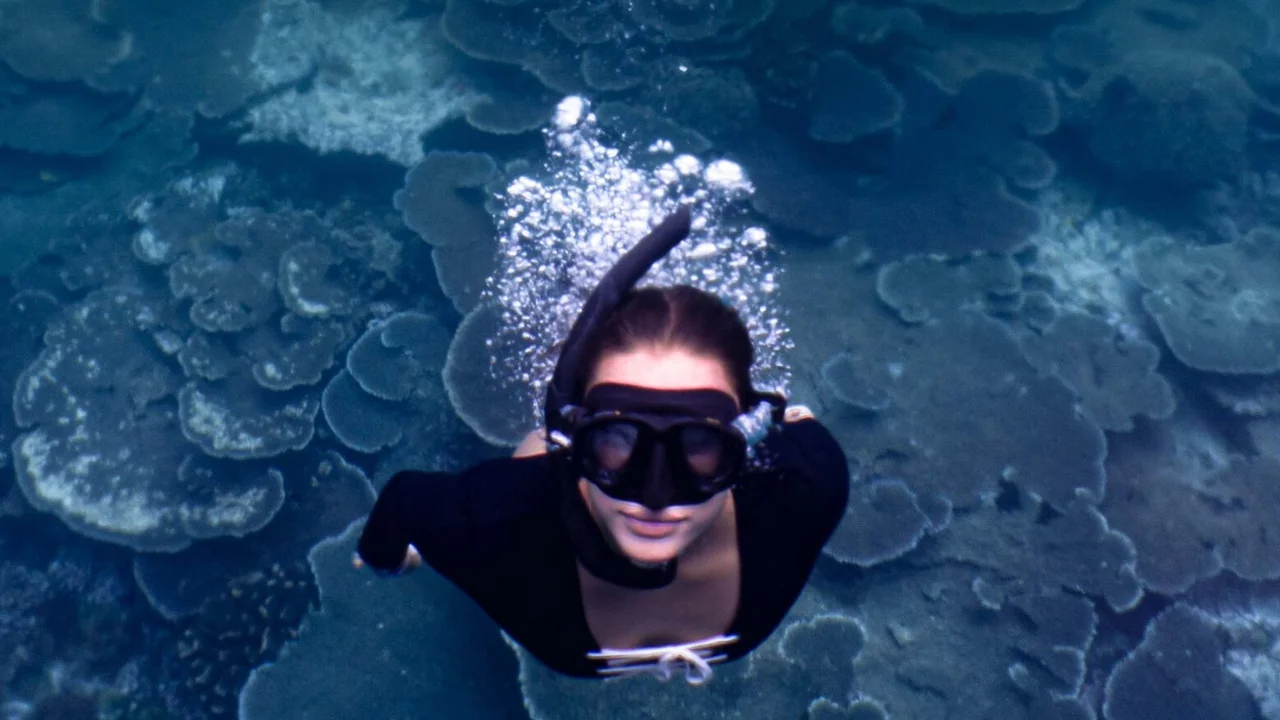Sustainable Hiking Trails USA Guide
Make ethical wildlife tourism choices to support conservation efforts. Learn about responsible wildlife encounters and avoid activities that harm animals. Choose tours that prioritize animal welfare and habitat preservation.

Discovering Eco-Friendly Hiking Trails in the USA for Responsible Travelers
Hey fellow eco-wanderers! If you're anything like me, you love lacing up your hiking boots and hitting the trails. But let's face it, our passion for nature can sometimes impact the very landscapes we adore. That's why I'm super excited to share this guide to sustainable hiking trails in the USA, focusing on responsible outdoor recreation. We'll explore trails that minimize environmental impact and protect natural habitats, so you can enjoy hiking while preserving the beauty of nature for generations to come!
What Makes a Hiking Trail \"Sustainable\"? Key Considerations for Eco-Conscious Hikes
Before we dive into specific trails, let's understand what makes a hiking trail \"sustainable.\" It's more than just a pretty path! We need to consider several factors:
- Trail Maintenance: Are trails well-maintained to prevent erosion and damage to surrounding vegetation?
- Erosion Control: Are there measures in place to minimize soil erosion, like water bars and strategically placed rocks?
- Waste Management: Are there adequate waste disposal facilities to prevent littering?
- Wildlife Protection: Does the trail respect wildlife habitats and minimize disturbance to animals?
- Education: Are there educational resources to inform hikers about responsible trail use?
By considering these factors, we can choose trails that are actively working to protect the environment.
Top Sustainable Hiking Trails in the USA: Reviews and Recommendations for Eco-Adventures
Alright, let's get to the good stuff! Here are some of my top picks for sustainable hiking trails in the USA, where you can enjoy breathtaking scenery while minimizing your impact:
Acadia National Park, Maine: Preserving Coastal Beauty Through Responsible Hiking
Acadia is a gem on the Atlantic coast, and its hiking trails are incredibly diverse. The park rangers are serious about sustainability, with well-maintained trails and educational programs. The Ocean Path Trail is a classic, offering stunning views of the rocky coastline. For a more challenging hike, try the Beehive Trail (but be warned, it involves some iron rungs!).
Sustainability Initiatives: Acadia has a strong Leave No Trace program and actively works to restore damaged areas. Shuttle buses help reduce traffic congestion.
Difficulty: Easy to Moderate (depending on the trail)
Best Time to Visit: Summer and Fall
Zion National Park, Utah: Balancing Popularity with Environmental Protection on Scenic Trails
Zion is famous for its breathtaking canyons, and the park has implemented several measures to manage the crowds and protect the fragile ecosystem. The Pa'rus Trail is a paved, easy trail perfect for families. For a more adventurous hike, consider The Narrows (wading through the Virgin River – check water levels beforehand!).
Sustainability Initiatives: Zion uses a mandatory shuttle system during peak season to reduce traffic and pollution. They also have ongoing restoration projects.
Difficulty: Easy to Strenuous (depending on the trail)
Best Time to Visit: Spring and Fall (avoid summer heat)
Rocky Mountain National Park, Colorado: High-Altitude Hiking with Conservation in Mind
Rocky Mountain National Park offers stunning high-altitude hiking opportunities. The park is committed to preserving its alpine environment. The Bear Lake Loop is a popular and easy hike, while the Emerald Lake Trail offers incredible views of glaciers and peaks. For experienced hikers, the hike to Sky Pond is unforgettable.
Sustainability Initiatives: Rocky Mountain National Park focuses on minimizing trail erosion and protecting fragile alpine vegetation. They also encourage visitors to use the park's shuttle system.
Difficulty: Easy to Strenuous (depending on the trail)
Best Time to Visit: Summer and Early Fall
Essential Gear for Sustainable Hiking: Reviews and Recommendations for Eco-Friendly Equipment
Choosing the right gear is crucial for sustainable hiking. Here are some of my favorite eco-friendly options:
Backpacks: Osprey Talon/Tempest Series (Recycled Materials) - Durable, Comfortable, and Eco-Conscious
Osprey is a leader in sustainable backpack manufacturing. Their Talon (men's) and Tempest (women's) series are made from recycled materials and are incredibly durable and comfortable. Perfect for day hikes or overnight trips.
Price: $130 - $200
Pros: Recycled materials, comfortable fit, durable construction.
Cons: Can be a bit pricey.
Water Bottles: Hydro Flask (Stainless Steel) - Eliminating Plastic Waste on the Trails
A reusable water bottle is a must! Hydro Flask is a popular choice due to its durability and ability to keep water cold for hours. Ditch the plastic bottles and invest in a Hydro Flask.
Price: $30 - $50
Pros: Durable, keeps water cold, reduces plastic waste.
Cons: Can be heavy when full.
Hiking Boots: Merrell Moab 2 Eco-Friendly (Recycled Content) - Comfort and Sustainability Combined
Merrell has been stepping up their sustainability game. The Moab 2 Eco-Friendly hiking boots are made with recycled content and offer excellent comfort and support for all types of trails.
Price: $110 - $140
Pros: Recycled content, comfortable, durable.
Cons: May require a break-in period.
Responsible Hiking Practices: Tips for Minimizing Your Environmental Impact on Every Hike
Choosing a sustainable trail and gear is only half the battle. We also need to adopt responsible hiking practices. Here are some tips:
- Stick to the Trail: Avoid cutting switchbacks or venturing off-trail, as this can damage vegetation and cause erosion.
- Pack Out Everything You Pack In: Leave no trace behind! Carry out all trash, food wrappers, and even organic waste.
- Respect Wildlife: Observe animals from a distance and never feed them. Store food properly to prevent attracting wildlife.
- Stay on Durable Surfaces: Avoid stepping on fragile vegetation or disturbing sensitive ecosystems.
- Minimize Campfire Impact: Use established fire rings or stoves whenever possible. Keep fires small and contained.
- Be Considerate of Other Hikers: Share the trail and be mindful of noise levels.
Planning Your Sustainable Hiking Trip: Resources and Organizations for Responsible Travel Planning
Planning is key to a sustainable hiking trip. Here are some resources to help you plan responsibly:
- National Park Service: Provides information on trail conditions, regulations, and sustainability initiatives in national parks.
- Leave No Trace Center for Outdoor Ethics: Offers educational resources on responsible outdoor recreation.
- AllTrails: A popular app for finding hiking trails, with user reviews and trail information.
- Local Hiking Clubs: Connect with local hiking clubs for guided hikes and conservation efforts.
Embracing Sustainable Hiking: A Call to Action for Eco-Conscious Travelers
Let's all commit to embracing sustainable hiking practices and protecting the beautiful landscapes we love. By choosing responsible trails, using eco-friendly gear, and following Leave No Trace principles, we can ensure that future generations can enjoy the wonders of nature. Happy trails!
:max_bytes(150000):strip_icc()/277019-baked-pork-chops-with-cream-of-mushroom-soup-DDMFS-beauty-4x3-BG-7505-5762b731cf30447d9cbbbbbf387beafa.jpg)






